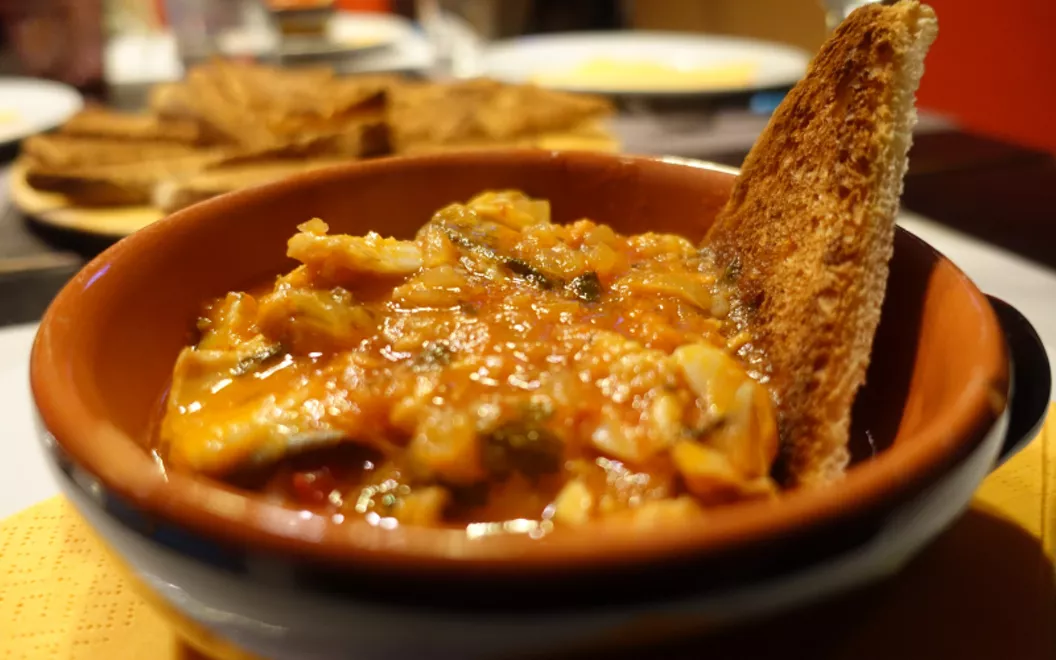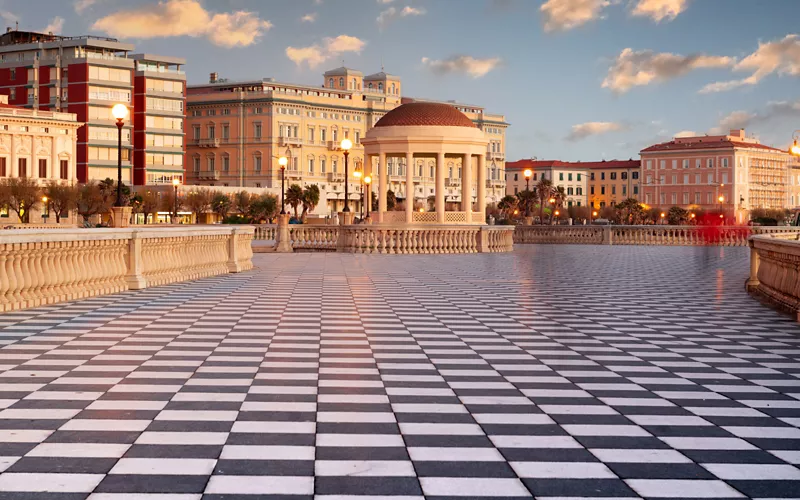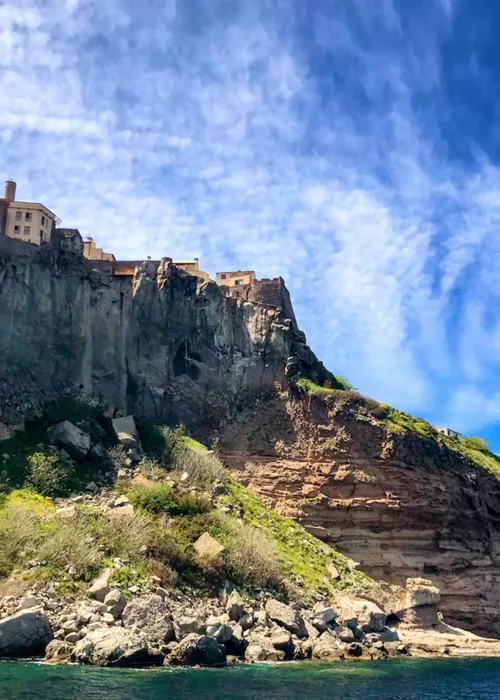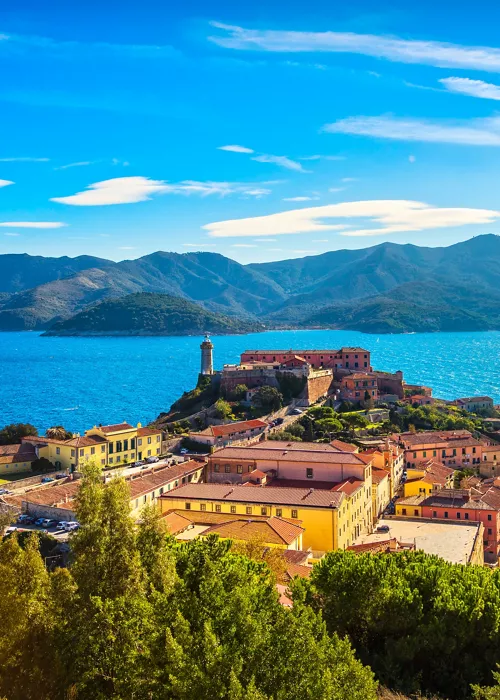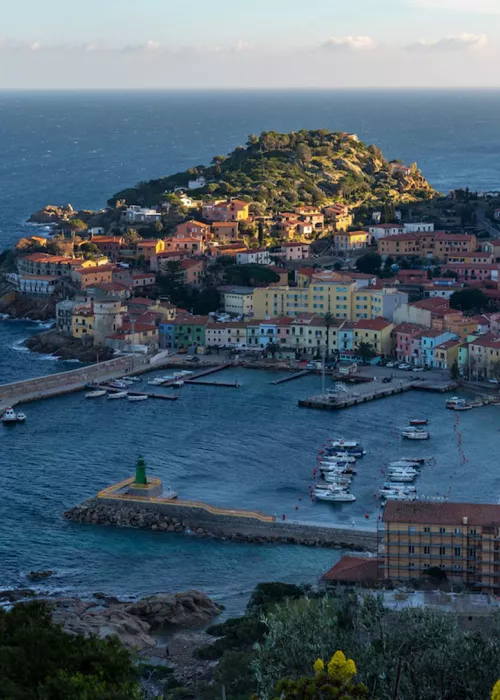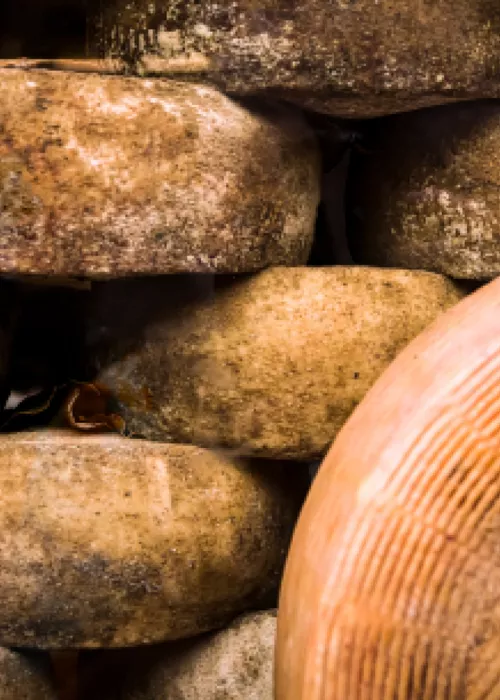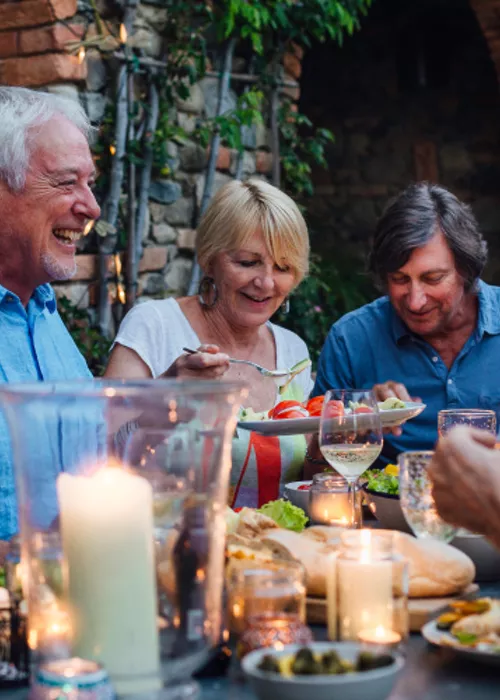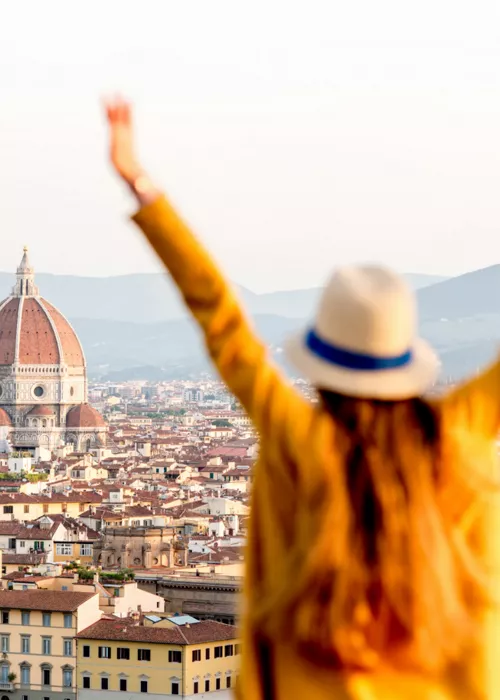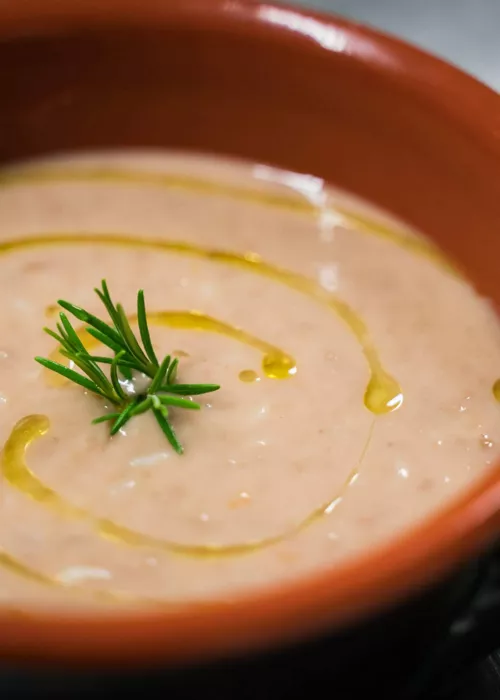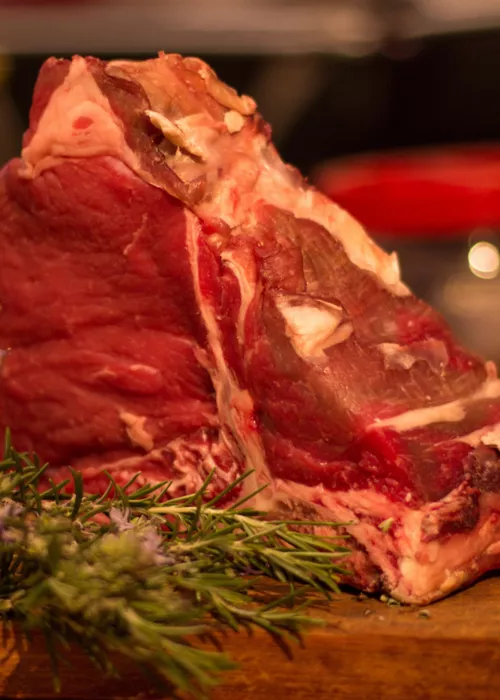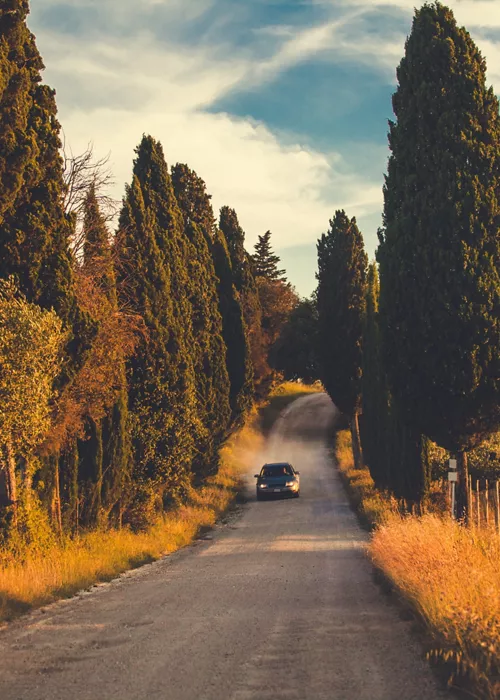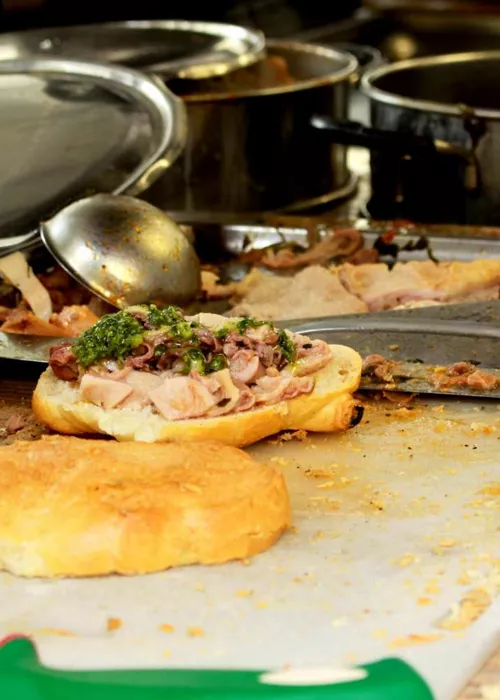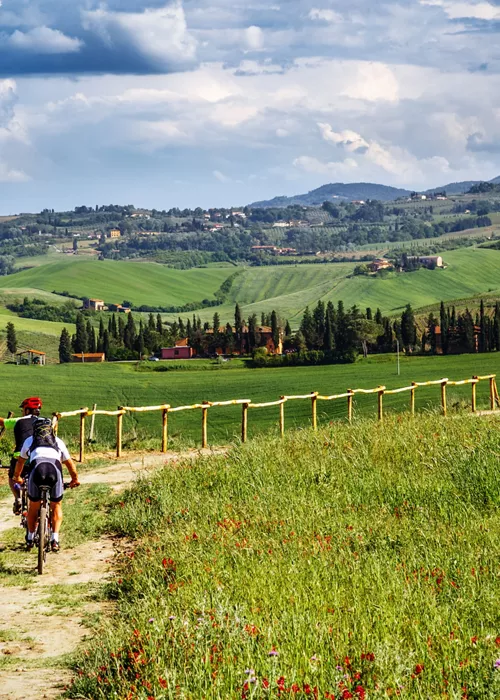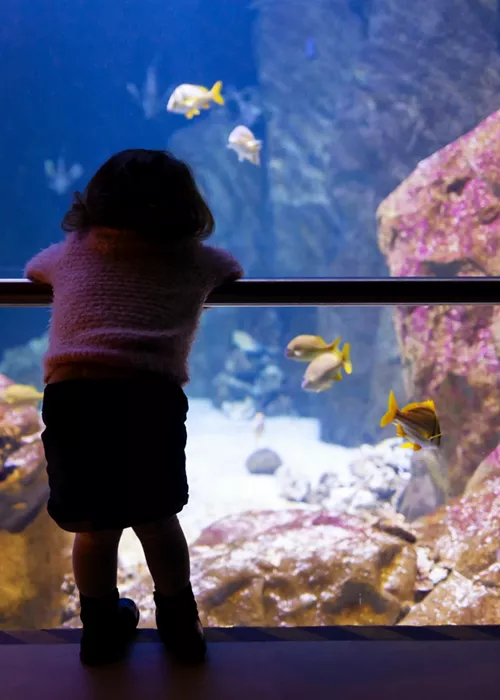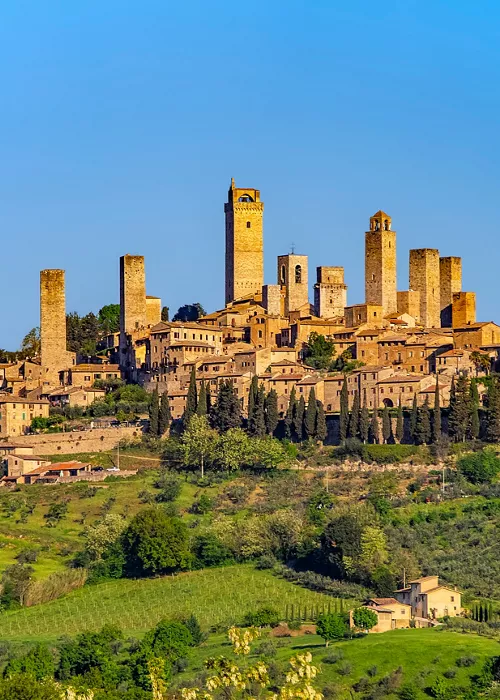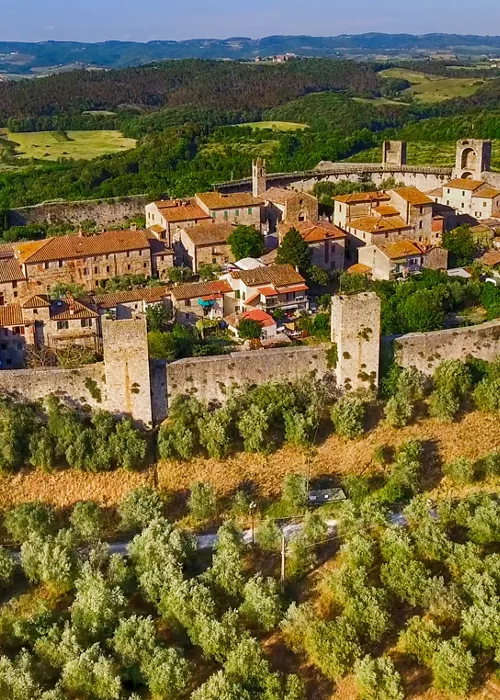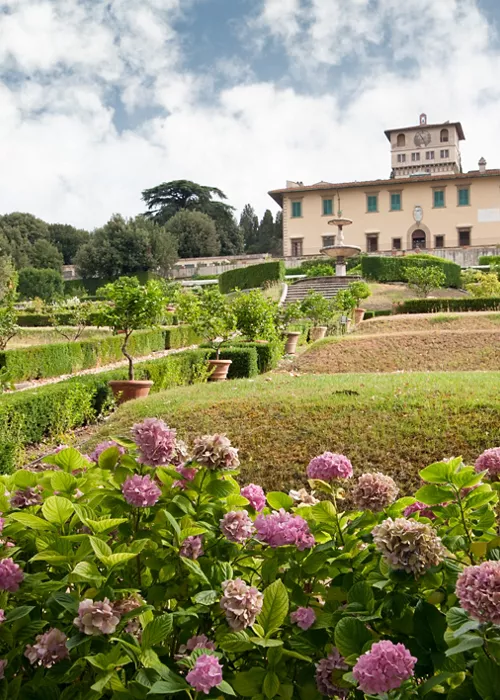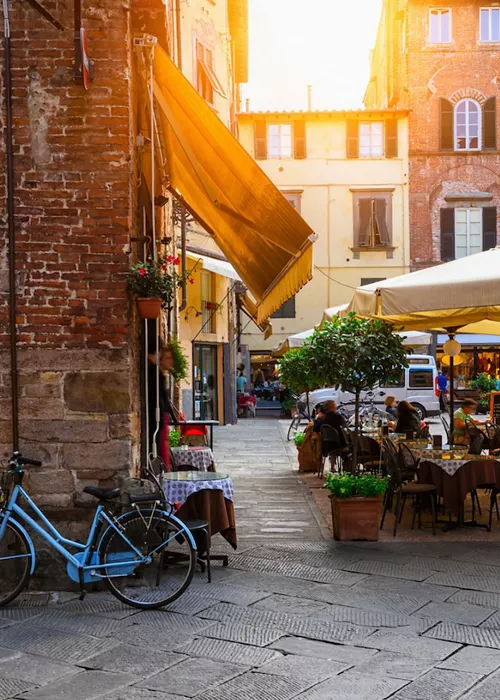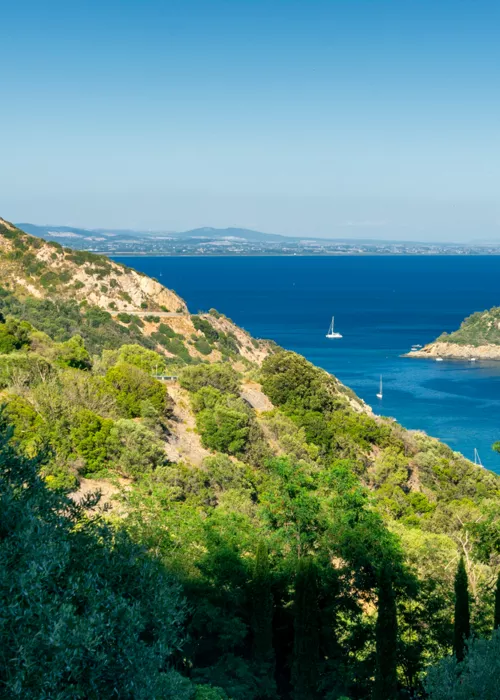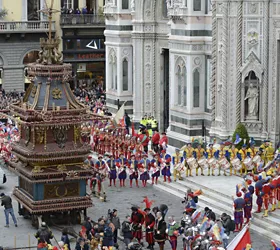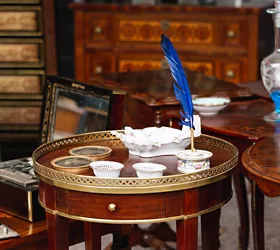5 things to try in Livorno: a culinary journey through the city of Modigliani
2 minutes
From cuisine to art, the city of Livorno always earns a place at the top of the podium of good living.
The former fishing village, now the largest port city in Tuscany, is the birthplace of painter and sculptor Amedeo Modigliani, famous for his sensual female nudes. But it is also a city appreciated for its tasty and straightforward cuisine.
His majesty the cacciucco
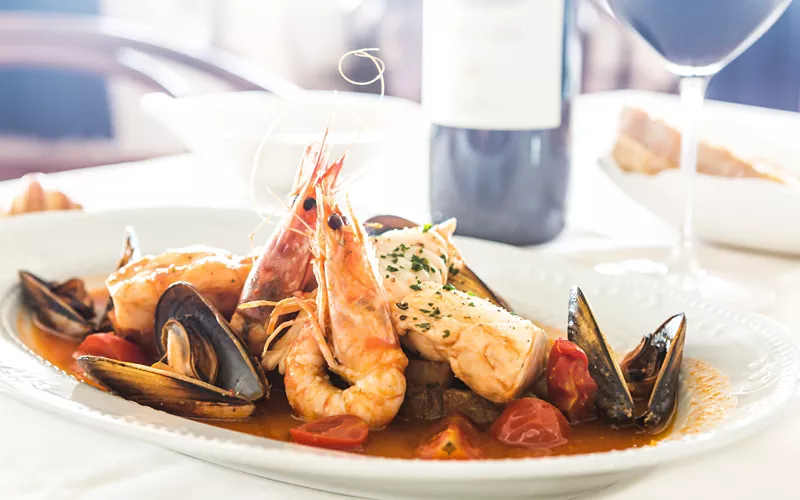
The origins of the king of Livorno cuisine are lost in the mists of time. Fish soup prepared with many varieties of seafood and even shellfish cooked in tomato sauce was probably already present in Phoenician times.
The sauce, based on garlic, pepper and sage, was considered a poor man's sauce, also used to season meat and chickpeas. In fact, at that time, discarded fish was preferred: today, cacciucco is prepared with even very expensive fish, although it remains the most popular gastronomic proposal of the area.
The Nectar of Capraia
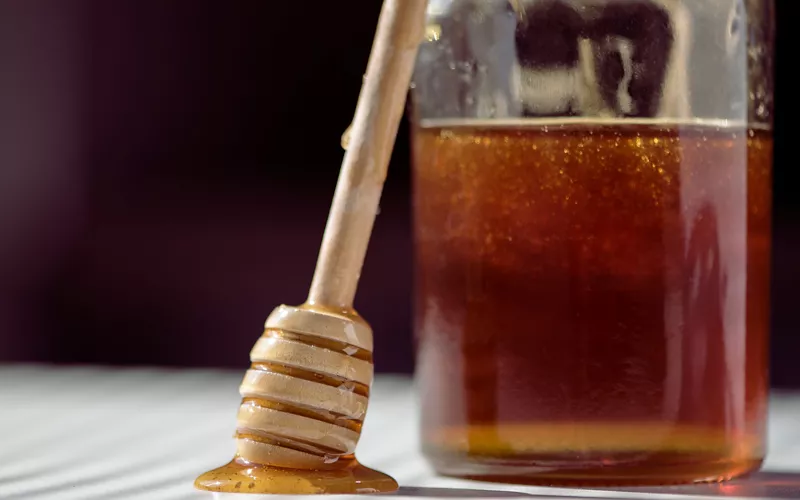
The amber colour of this mixed-flower honey with its fluid consistency immediately catches the eye. But it is the taste sense that is most gratified by this slightly floral delicacy with an almost bitter aftertaste, due to the presence of thistle. It has always been produced in Capraia and is available in glass jars of 40 and 250 grams. A speciality reserved for the few until the 1800s, this prized honey has since seen its production increase: today it is a valuable food supplement with an intoxicating fragrance.
Cecina
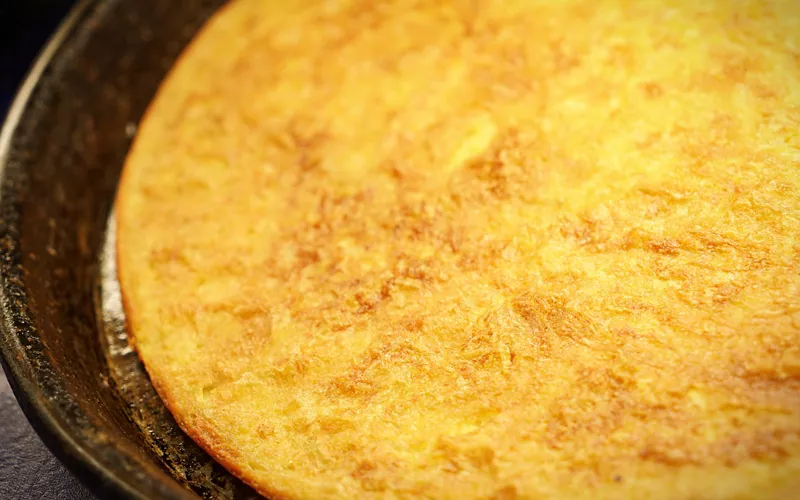
Another local symbol is the chickpea cake, a simple recipe prepared from chickpea flour, water, extra virgin olive oil and salt.
It is a savoury cake with a deep yellow colour that is crispy on the outside. Its shape is round and it has poor origins. Outside Livorno, it is also known as farinata di ceci and, depending on where it is made, differs slightly. In the city, the original one should be baked in a wood-fired oven, preparing the dough well in advance because it will have to rest for at least four hours.
Bonito fish

This blue fish with white flesh is caught in the Tuscan Archipelago National Park, from the island of Giglio to Capraia.
The processing of palamita [italian for ‘bonito fish’] is a procedure that has been handed down for generations: it is preserved in oil in fillets in a glass container that also contains peppercorns, bay leaves and chilli pepper.
Today it is a sought-after product, which can be enjoyed no earlier than a week after its preparation.
Sweet bread with zibibbo
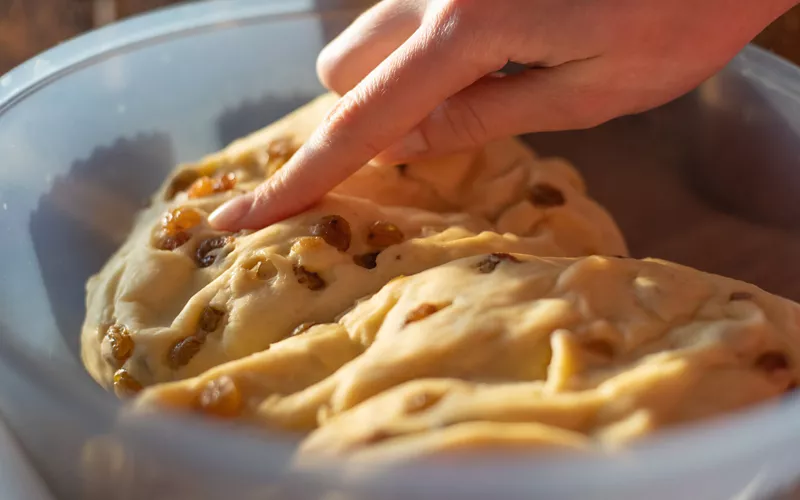
The people of Livorno call this type of bread topa and it probably has peasant origins. The dough is sweet, since a filling of “zibibbo” is added to the flour. It is easily found at bakeries and is great to buy fresh.

